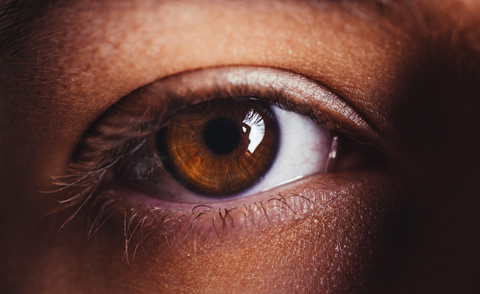PRK and LASIK
Currently, there are two forms of laser surgery that can correct nearsightedness and farsightedness, Photorefractive Keratectomy (PRK) and Laser-assisted in situ Keratomileusis (LASIK). Both PRK and LASIK are effective for vision correction, your doctor will discuss with you which is the safest and best option for your eyes.
PRK uses a laser to reshape the surface of the cornea by emitting pulses of light. The surgeon then inserts a bandage contact lens which will stay in the eye while the surface heals. This usually takes 3-7 days. Once the surface has healed the surgeon will remove the contact lens.
In LASIK, a thin flap is made across the surface of the eye using either a microkeratome or a femtosecond laser, the flap is then folded back exposing the the corneal bed. Creating this flap allows the laser to be applied to the deeper layers of the cornea underneath the flap, reshaping the underlying tissue. The flap is then laid back in place, usually requiring no sutures.
Both procedures are effective in the correction of myopia and astigmatism. The chart below illustrates the differences:
| PRK | LASIK | |
|---|---|---|
| Procedure Time | 5 minutes | 6 minutes |
| Procedure Used | Excimer Laser | Excimer Laser |
| Bowman's Layer | Removed | Left Intact |
| Post-Op Medication | 3-6 months | 1-2 weeks |
| Post-Op Visits (1st year) | 8-10 | 5 |
| Functional Visual Recovery | 3-5 days | 12-24 hours |
| Risk | Low Risk | Low Risk |
| Risk of Corneal Scarring | 1-3% | <1% |
| Risk of Infection | <1% | <1% |

Zyoptix personalized laser vision correction can be performed using PRK or LASIK. The initial testing for Zyoptix takes longer, however, the actual procedure is basically the same from the patient's perspective.
Your physician will recommend the best surgical solution for your vision correction.
If you have more questions about the options available to you, please contact us.


